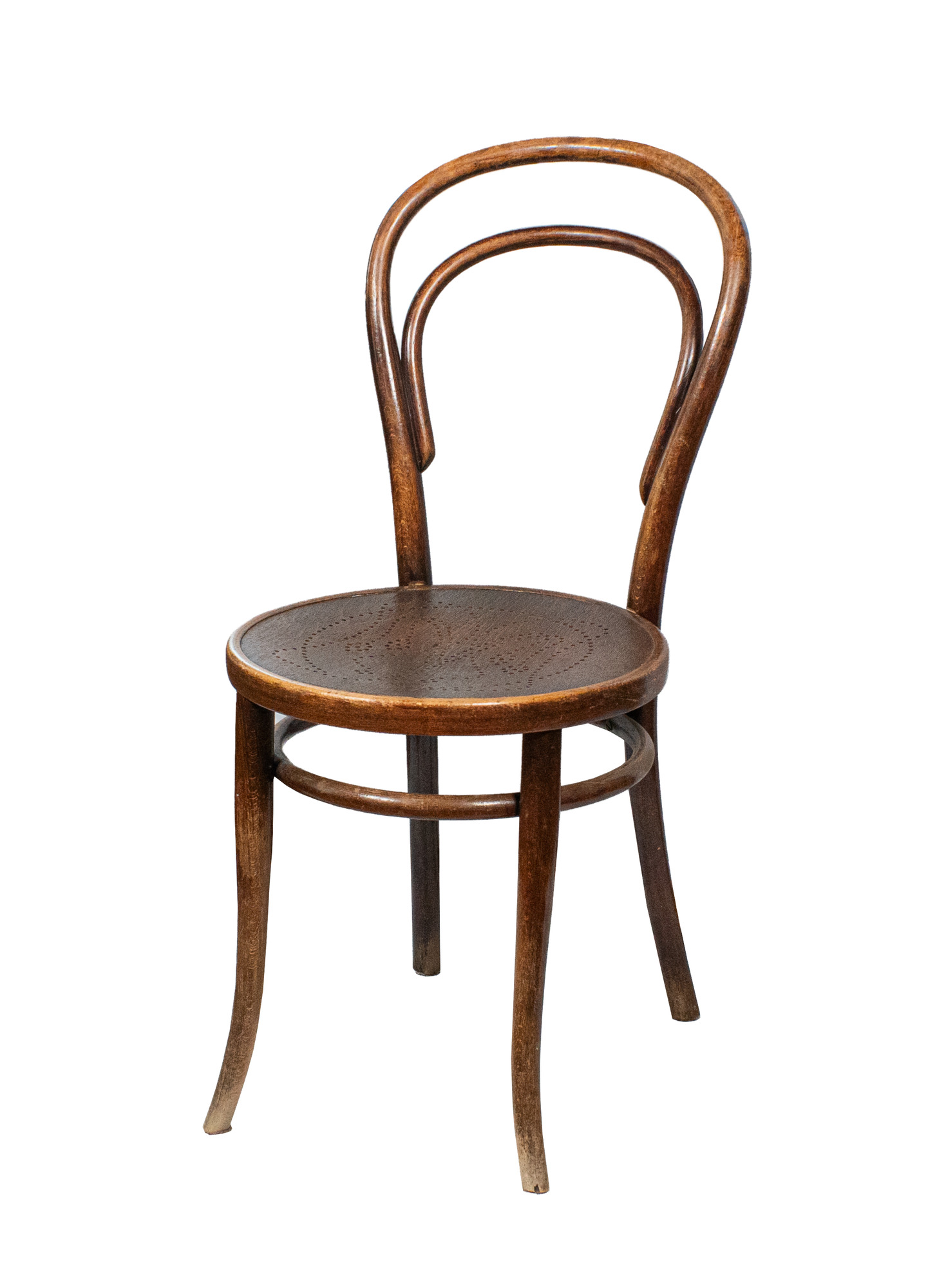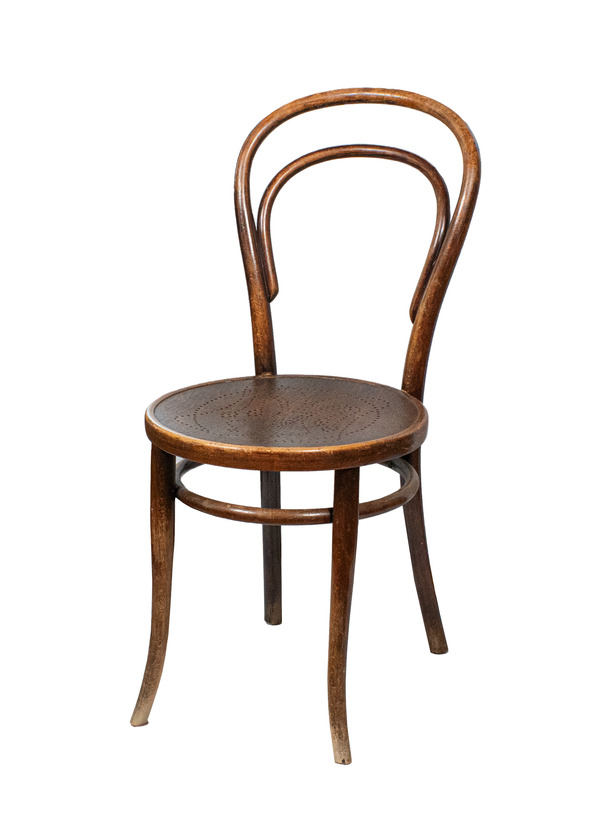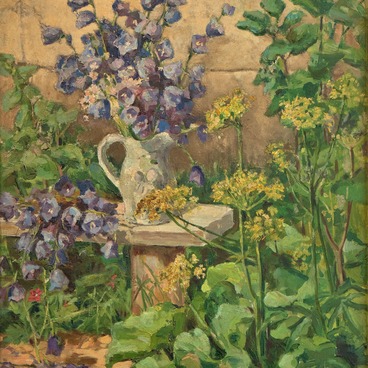In the interiors of the late 19th century, along with stylish furniture for those times, there was also practical Viennese furniture — light and durable steam-bent interior items made of beech wood. The first such furniture was produced by the Austrian master Michael Thonet.
Thonet was born in 1796 in Boppard, Germany. He trained as a carpenter and cabinetmaker and opened his own furniture workshop. His products were already in demand, but still, the master strove to create unusual, light and elegant furniture. In 1842, he moved to Vienna, where he invented a new wood processing technology. Thonet was granted a royal patent for “bending wood of any kind, including the most inflexible species, by a chemical-mechanical method to obtain the necessary shapes, including round ones.” He received a patent in Vienna — that is why the chairs were called Viennese.
The master founded the Thonet Brothers company. He created an unprecedented production with a factory system, well-functioning at all levels, with its own raw material base, factories, warehouses, advertising strategies, and shops. Viennese furniture was in demand not only in European countries but also in Latin American ones.
In 1851, Thonet received his first bronze medal for his Viennese furniture at the Great London Exposition, and a gold medal at the Paris World’s Fair in 1878. The Thonet Brothers company was the official supplier of the Imperial Court in Russia.
A significant part of Thonet’s products was intended for Russian customers. Warehouses were organized in many cities of Russia. In Arkhangelsk, Thonet’s furniture could be bought in the trading house of the merchant Pyotr Vidyakin, located at the corner of Troitsky Avenue and Pomorskaya Street.
In 1881, to avoid high import duties in Russia, Thonet opened a new factory in Novoradomsk, on the territory of Russian Poland. More than half of the company’s produce went to the Russian market.
The main structural element of the furniture was a bent round rod. The elasticity of beech made it possible to obtain curvilinear, round and spiral shapes. The most common were Viennese chairs, which had various seats, backrests, colors and finishes. The seats of the chairs were made round or trapezoidal, with a burnt or embossed pattern. But more often, Viennese chairs were equipped with a wicker seat, which gave them an elegant look and harmonized with their light structure.
Thonet was born in 1796 in Boppard, Germany. He trained as a carpenter and cabinetmaker and opened his own furniture workshop. His products were already in demand, but still, the master strove to create unusual, light and elegant furniture. In 1842, he moved to Vienna, where he invented a new wood processing technology. Thonet was granted a royal patent for “bending wood of any kind, including the most inflexible species, by a chemical-mechanical method to obtain the necessary shapes, including round ones.” He received a patent in Vienna — that is why the chairs were called Viennese.
The master founded the Thonet Brothers company. He created an unprecedented production with a factory system, well-functioning at all levels, with its own raw material base, factories, warehouses, advertising strategies, and shops. Viennese furniture was in demand not only in European countries but also in Latin American ones.
In 1851, Thonet received his first bronze medal for his Viennese furniture at the Great London Exposition, and a gold medal at the Paris World’s Fair in 1878. The Thonet Brothers company was the official supplier of the Imperial Court in Russia.
A significant part of Thonet’s products was intended for Russian customers. Warehouses were organized in many cities of Russia. In Arkhangelsk, Thonet’s furniture could be bought in the trading house of the merchant Pyotr Vidyakin, located at the corner of Troitsky Avenue and Pomorskaya Street.
In 1881, to avoid high import duties in Russia, Thonet opened a new factory in Novoradomsk, on the territory of Russian Poland. More than half of the company’s produce went to the Russian market.
The main structural element of the furniture was a bent round rod. The elasticity of beech made it possible to obtain curvilinear, round and spiral shapes. The most common were Viennese chairs, which had various seats, backrests, colors and finishes. The seats of the chairs were made round or trapezoidal, with a burnt or embossed pattern. But more often, Viennese chairs were equipped with a wicker seat, which gave them an elegant look and harmonized with their light structure.



